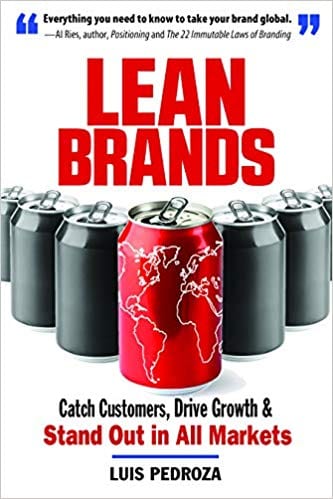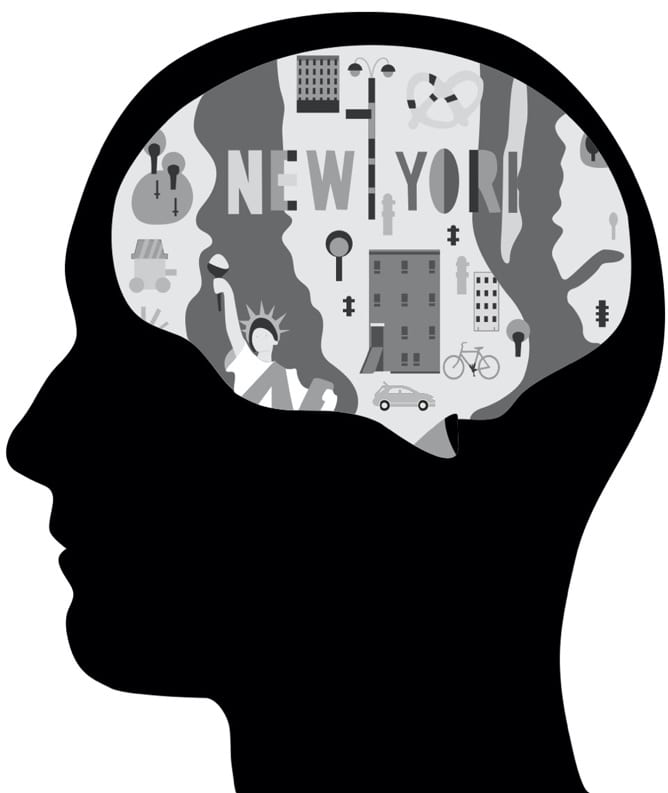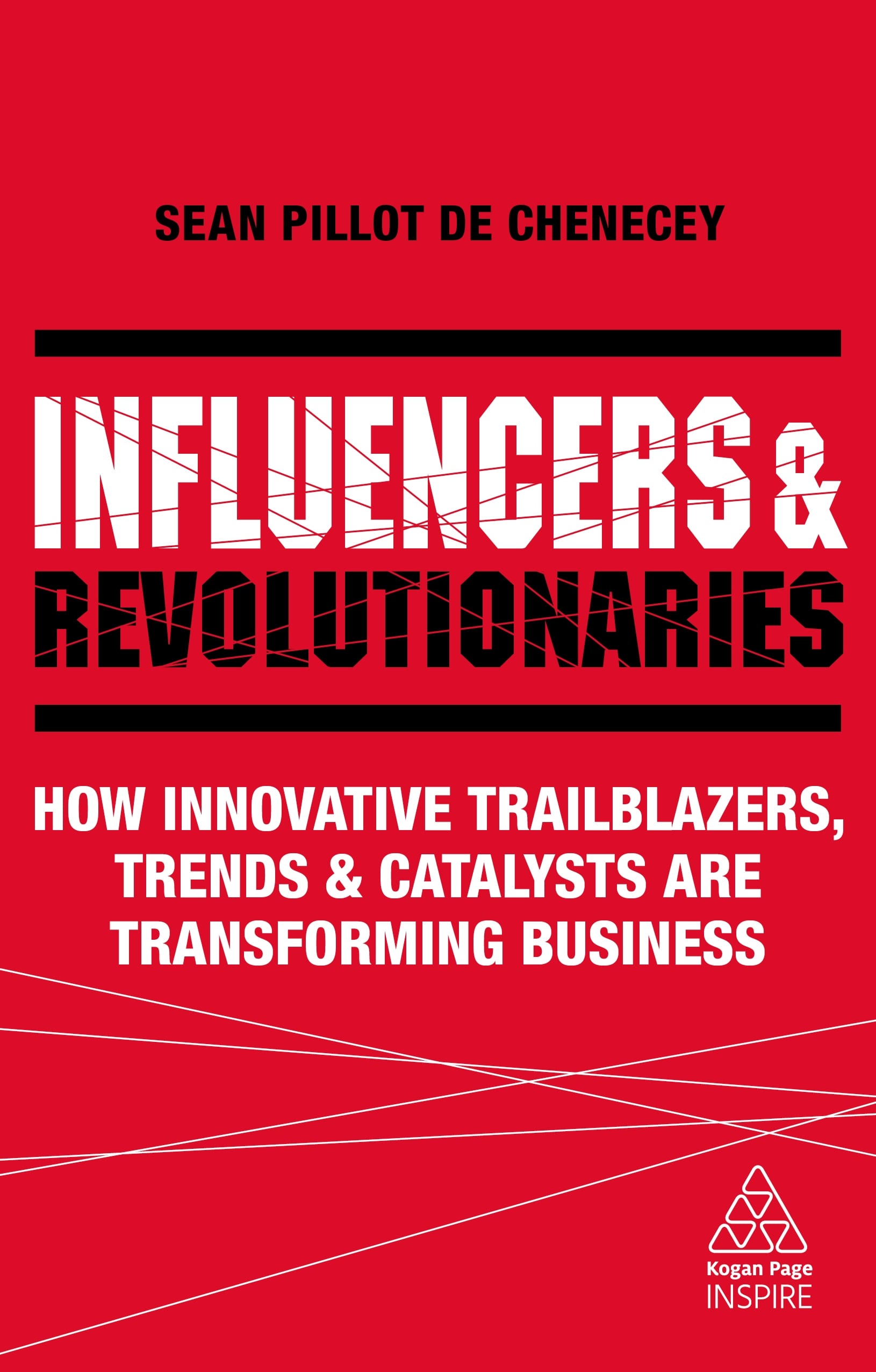3 Budget-Friendly Ways to Boost Brand Awareness

Freebies
No matter how much money you have or how successful your business is, a freebie is a freebie. For small businesses, this is a fantastic way to spread the word about your business.
There are a variety of ways you can do this, too. From pens and pencils to personalized water bottles to car air fresheners, your logo can travel across the country, letting everybody know who you are and maybe enticing them to use your service.
Freebies are a subtle marketing technique that will trigger recognition for anyone who has come across your logo before. From here, you can expect to see a remarkable boost in engagement, and you can find an increase in business, too.
Guest Blog Posts
Guests posts from founders and CEOs are a superb way of letting people in your industry know who you are and confirm that you understand what you’re talking about. As a business owner, you should have studied your industry, and hopefully, you have plenty of insights on how to improve the way things are run. With a guest post, you can get your message out there.
You can also use these guest posts to conjure up interest in your brand, especially if you have a unique story. You can write about your struggles and how you overcame them and provide advice for other businesses who may experience the same problems when trying to get their fortunes off the ground.
Work With Local Businesses
Local interest is vital for cementing a small business as something to look out for, so you must take advantage of local companies to spread the word. There will be a variety of established companies in your area, and rather than try to compete with them, work with them in events and discount partnerships that will be mutually beneficial.
As locals will already trust these established businesses, they will also trust their judgment about you. By offering discounts and deals by showing flyers or coupons picked up in other stores, you can see an increase in awareness and profits, which will help establish you. All you need to do is prove that yours is a business worth using and provide a quality service to ensure that you generate the brand loyalty you need for growth.
Spreading the Word
Failing to boost brand awareness means that your little startup will remain little. Entrepreneurship is all about innovation, though, and by considering the potential for budget-friendly brand awareness ventures, you can witness an evident improvement. By increasing awareness through these budget-friendly means, you can experience an increase in profits, which will allow your startup to redistribute these funds towards more prominent campaigns and see even more growth.

 There is some truth to the old saying, “Image is everything”.
There is some truth to the old saying, “Image is everything”. Whenever someone asks me to define marketing, I tell them that a marketer’s primary responsibility is to differentiate because when two competing products are perceived as being the same, consumers are forced to make their choice based on price.
Whenever someone asks me to define marketing, I tell them that a marketer’s primary responsibility is to differentiate because when two competing products are perceived as being the same, consumers are forced to make their choice based on price. Why is Brand Strategy Important?
Why is Brand Strategy Important? Find your Own Space
Find your Own Space Focus
Focus  TOMS’ “One for One” slogan communicates the company’s focus on social caring and the emotional benefits of the brand. As a result, its “One for One” campaign is one of the all-time most popular cause marketing campaigns.
TOMS’ “One for One” slogan communicates the company’s focus on social caring and the emotional benefits of the brand. As a result, its “One for One” campaign is one of the all-time most popular cause marketing campaigns. Amazon’s Jeff Bezos has publicly referred to the company’s mission statement as the guiding force behind his leadership decisions many times throughout the company’s history. Since it began in 1994, Amazon has had a clear focus and a solitary reason for being. Amazon is “a place where people can come to find and discover anything they might want to buy online.”
Amazon’s Jeff Bezos has publicly referred to the company’s mission statement as the guiding force behind his leadership decisions many times throughout the company’s history. Since it began in 1994, Amazon has had a clear focus and a solitary reason for being. Amazon is “a place where people can come to find and discover anything they might want to buy online.” Luis Pedroza is a global brand builder and author of
Luis Pedroza is a global brand builder and author of 
 Innovation, on which any organisation is so reliant, is about to become more dynamic and challenging than ever. For strategists, the implications are profound.
Innovation, on which any organisation is so reliant, is about to become more dynamic and challenging than ever. For strategists, the implications are profound. Sean Pillot de Chenecey has over 20 years’ experience as a brand expert, combining marketing consultancy with ethnographic activity and trend research around the world. His new book is
Sean Pillot de Chenecey has over 20 years’ experience as a brand expert, combining marketing consultancy with ethnographic activity and trend research around the world. His new book is